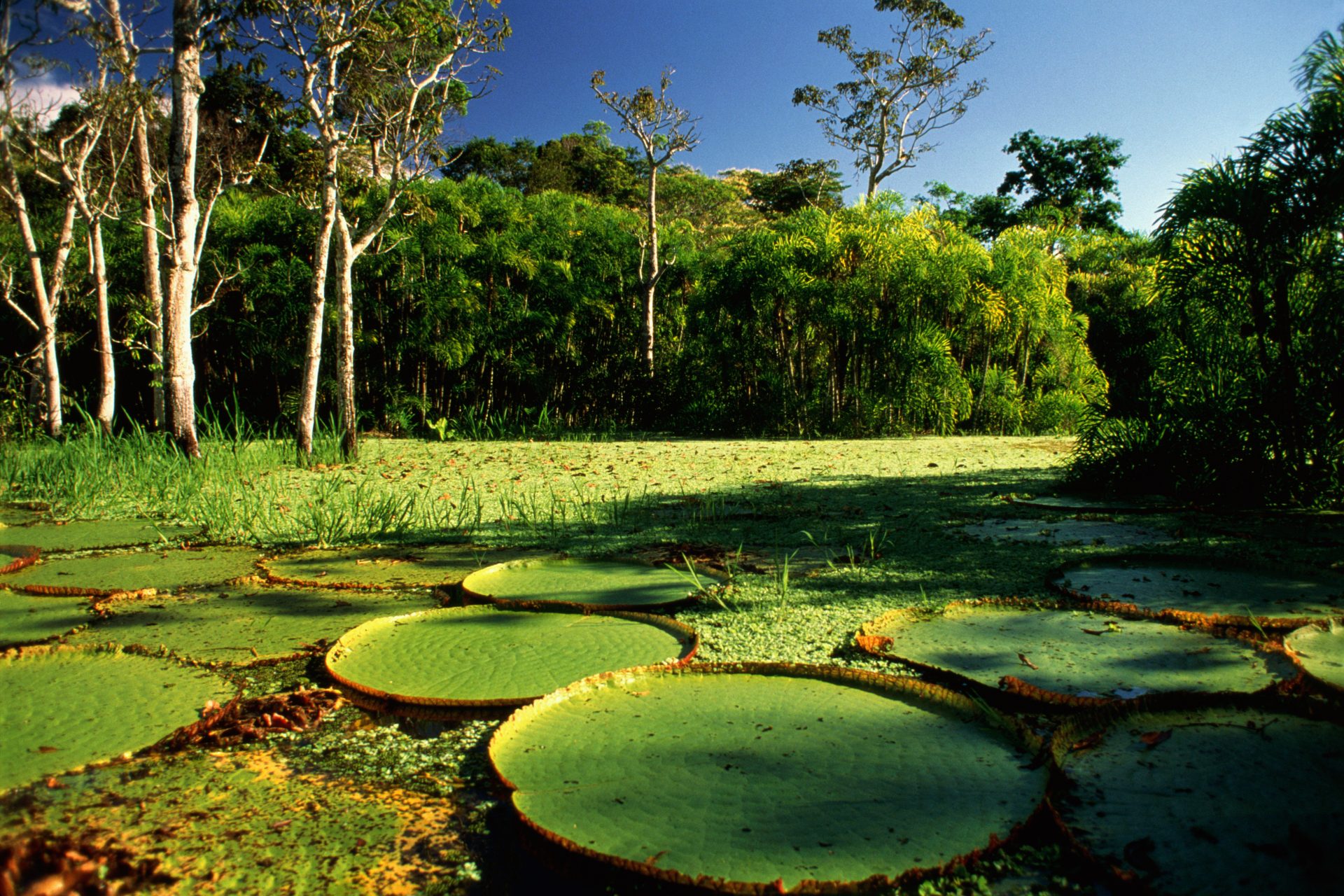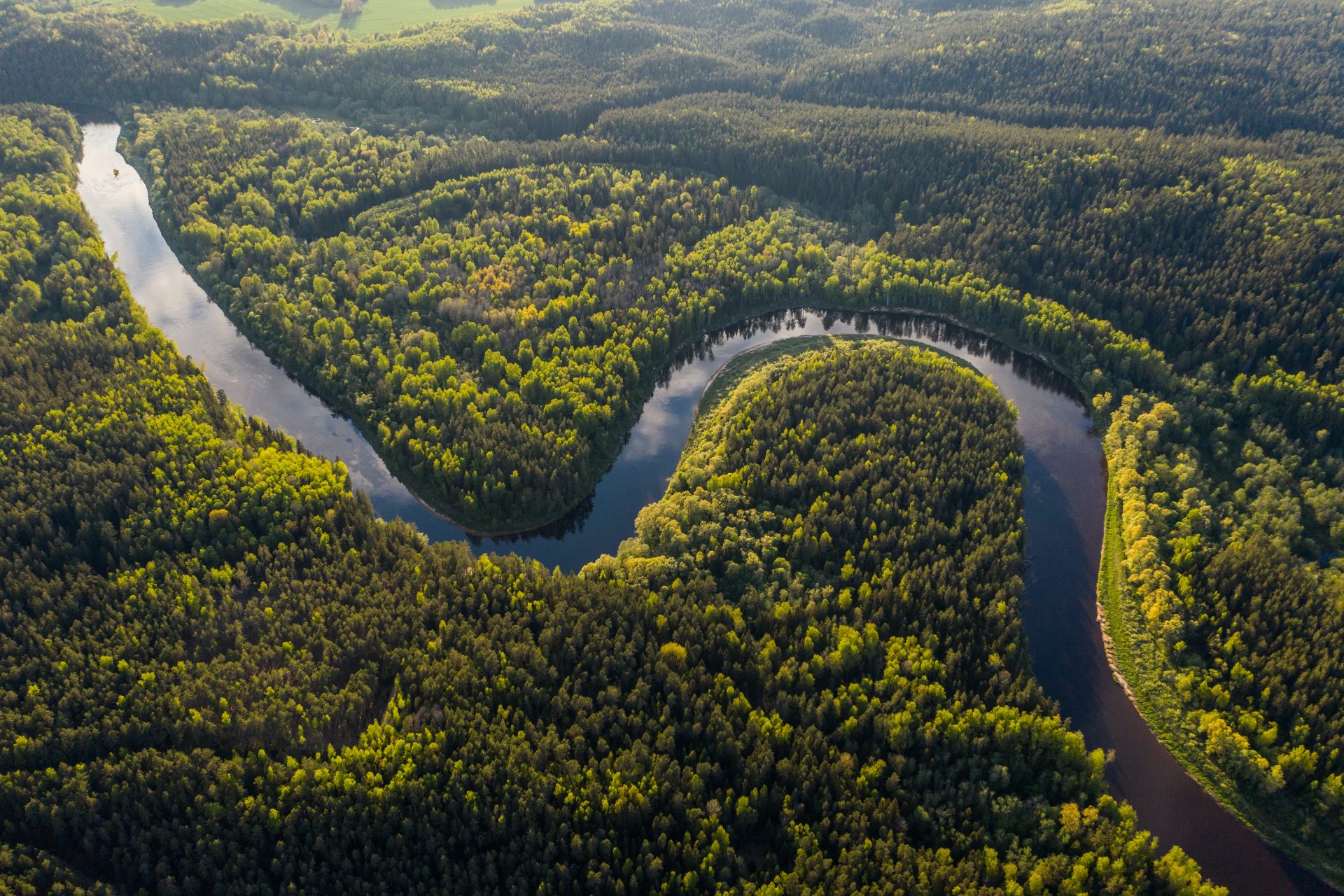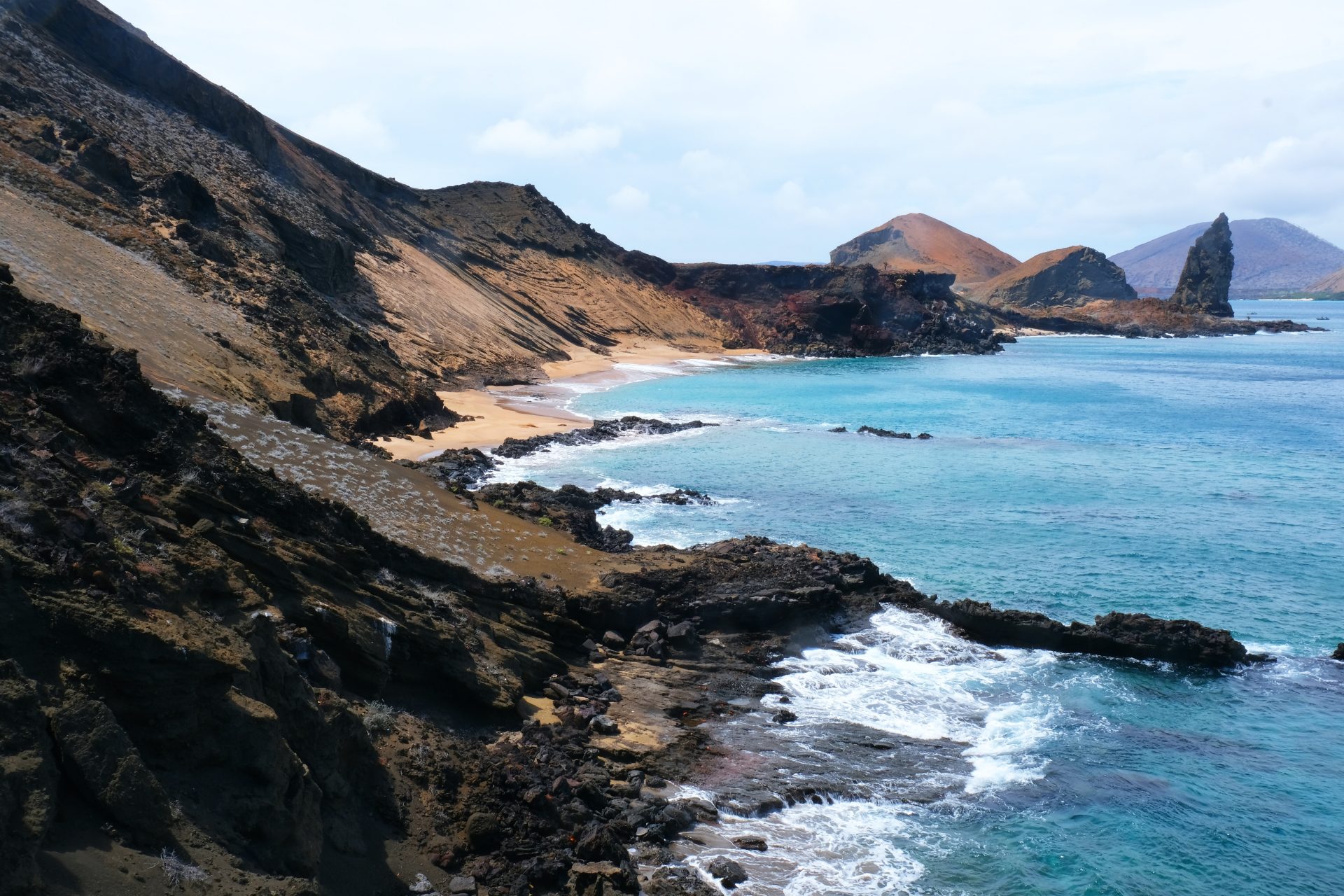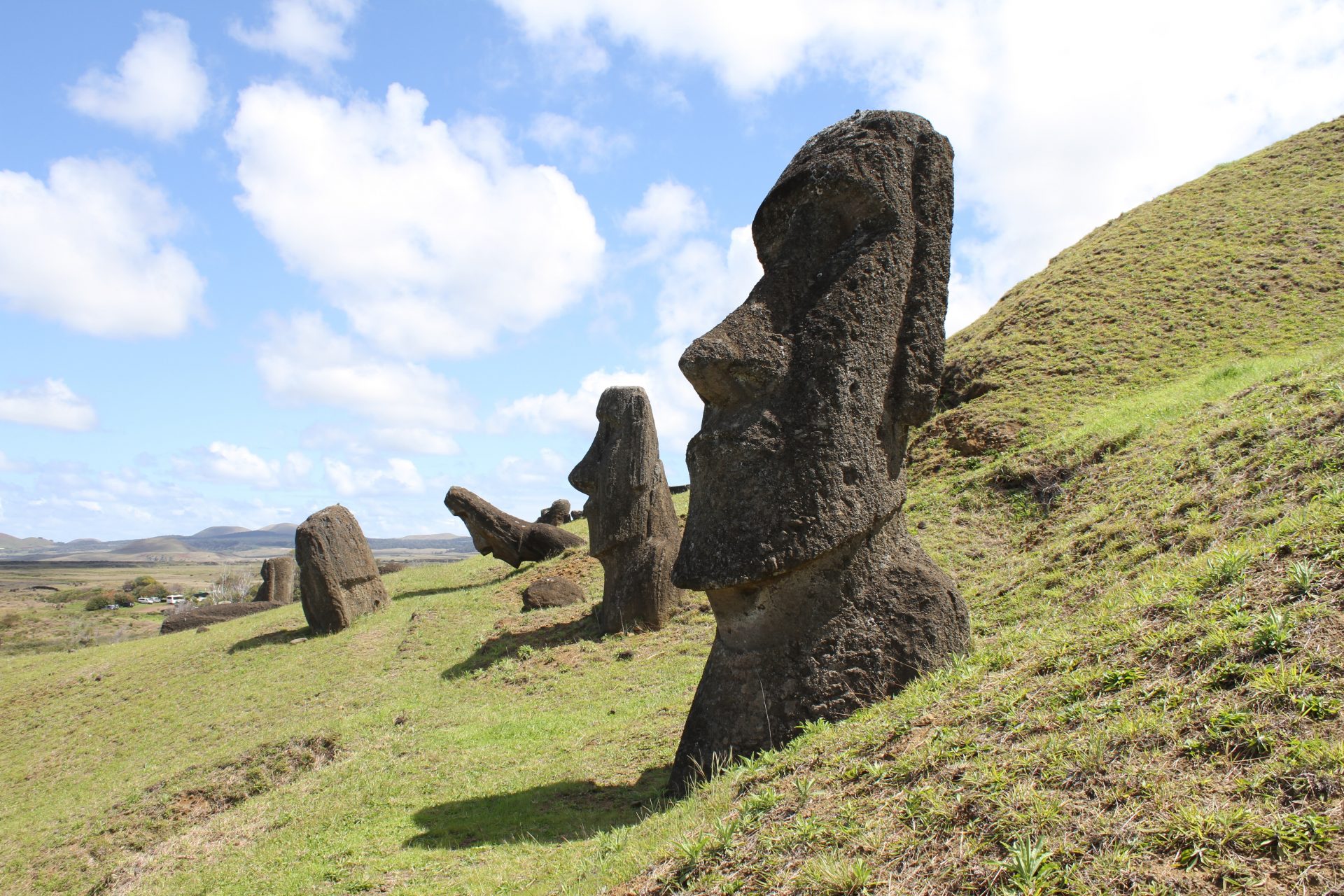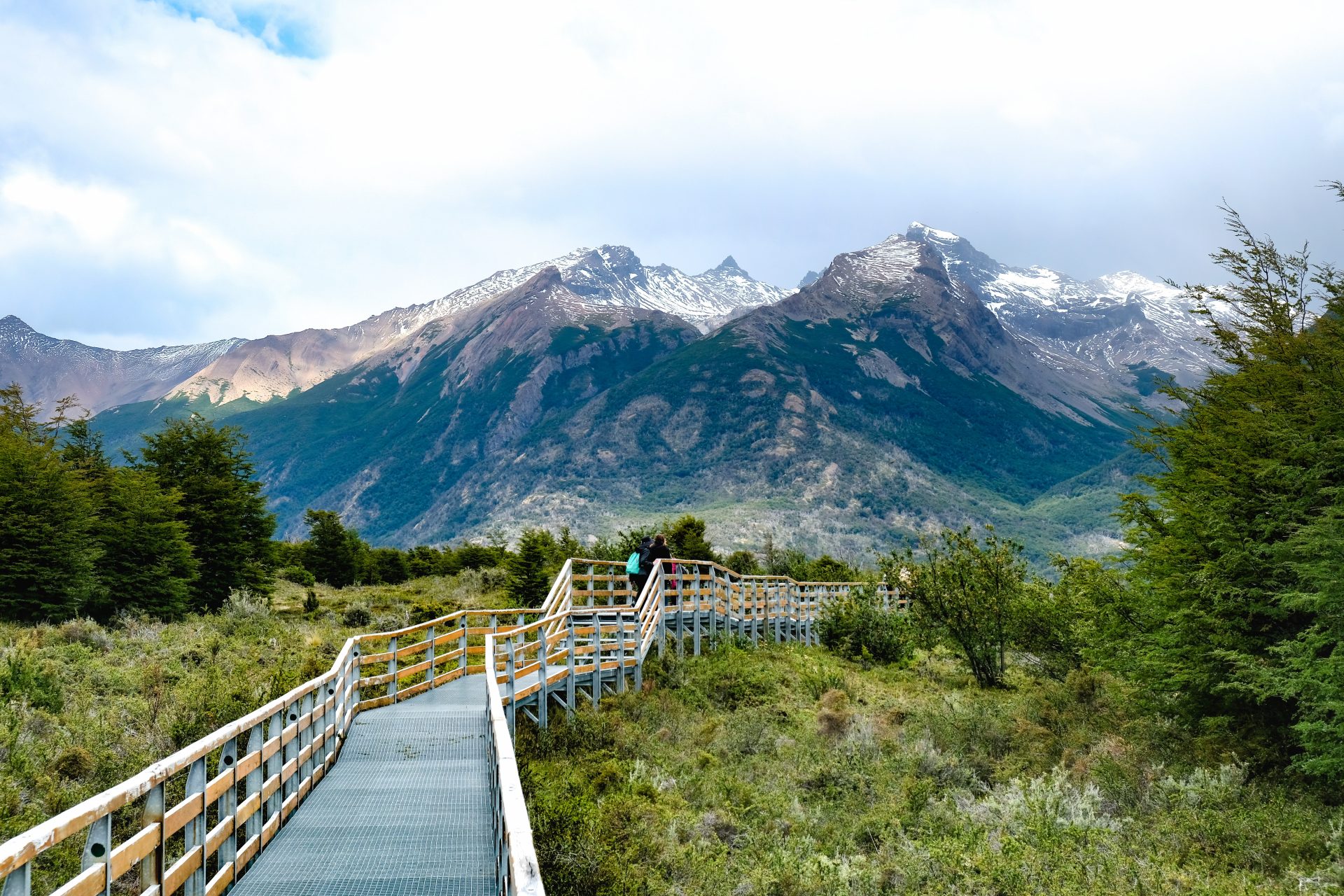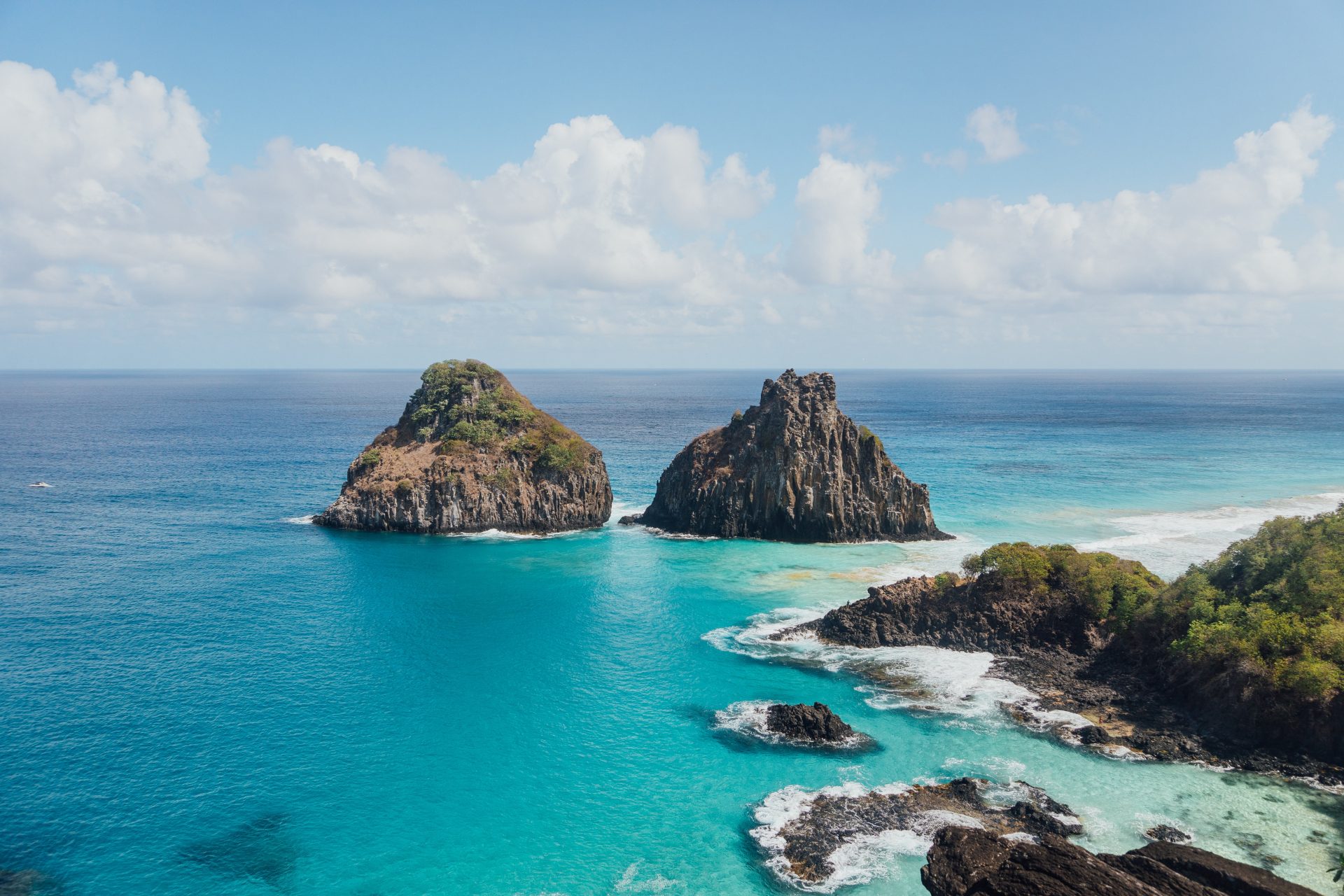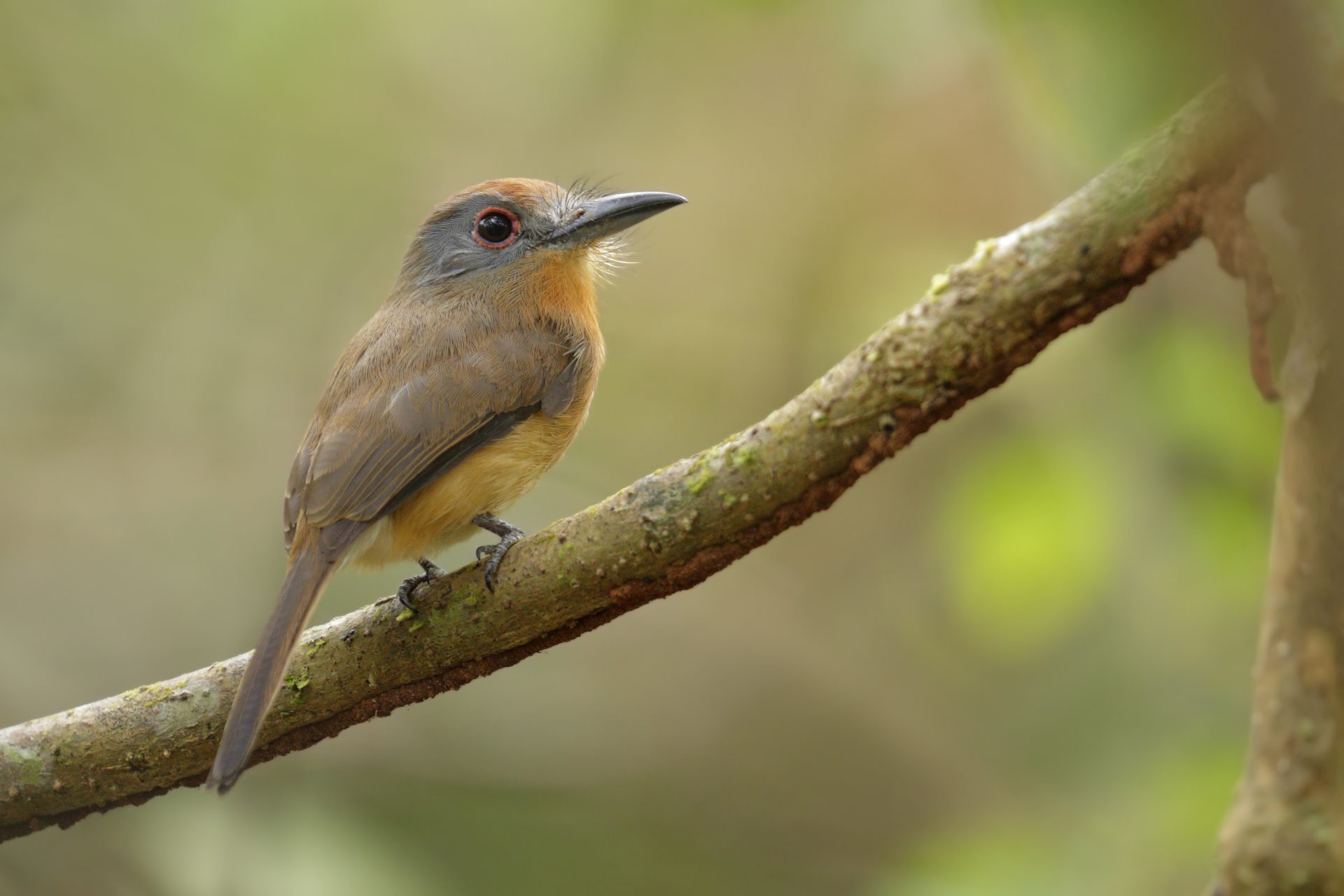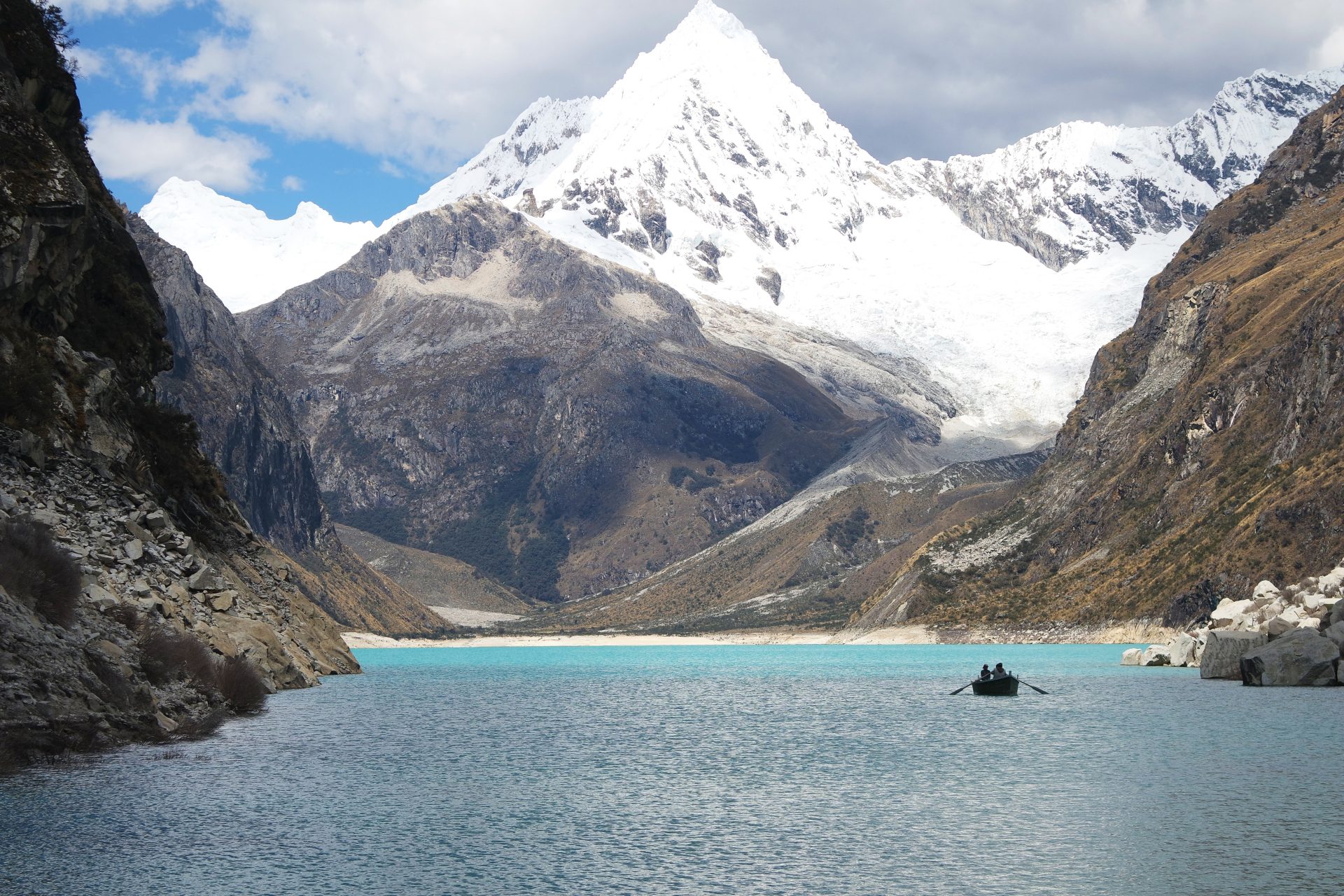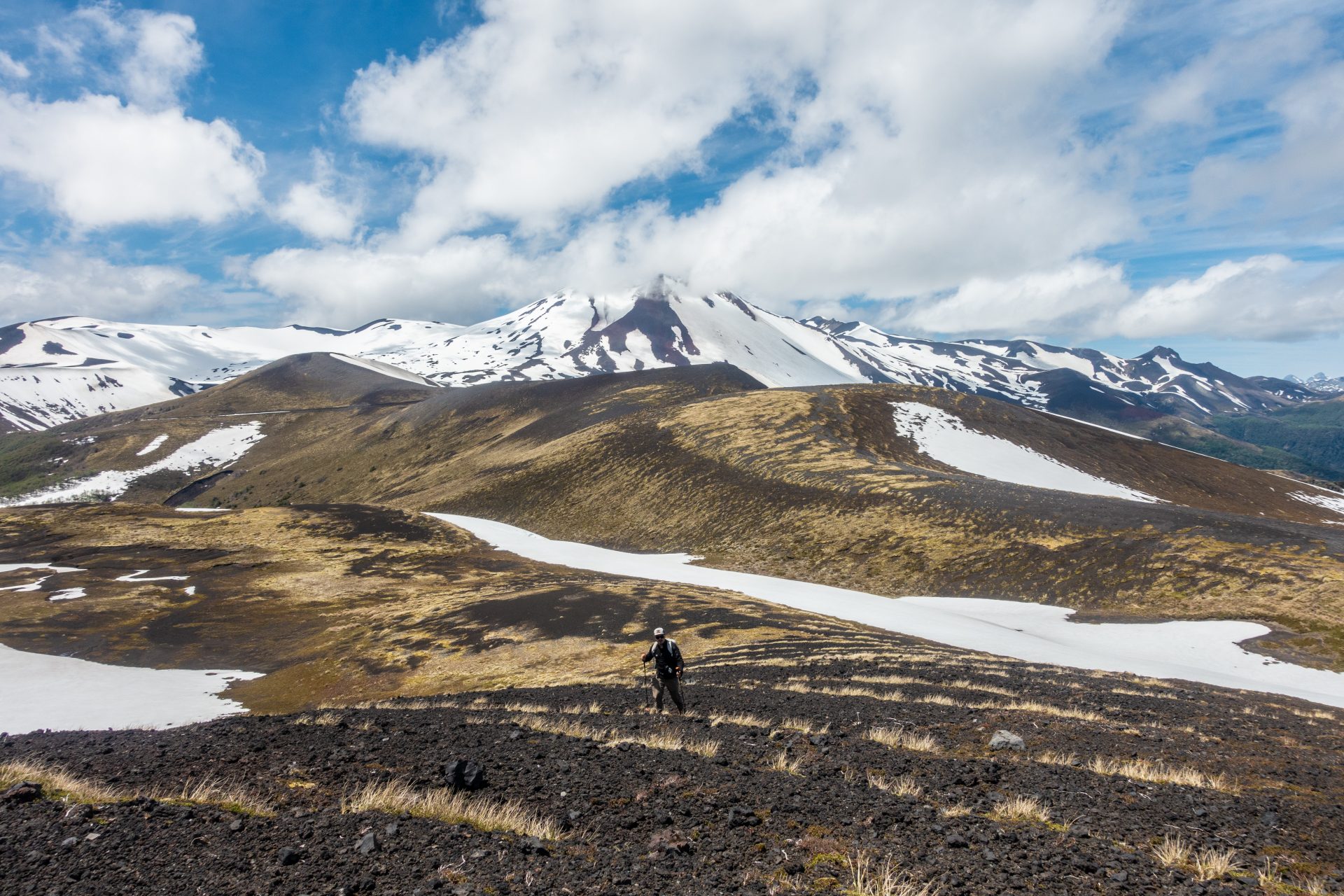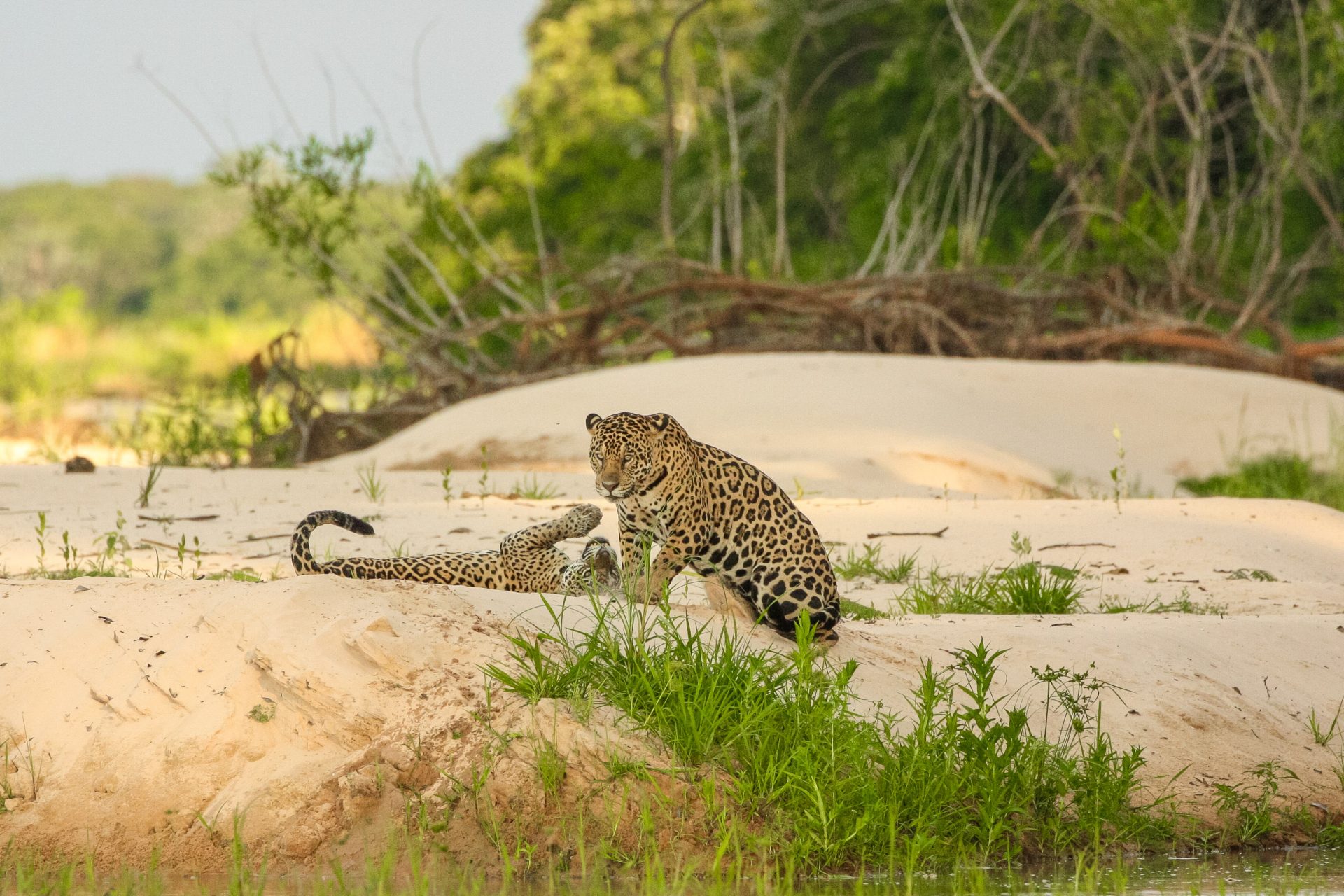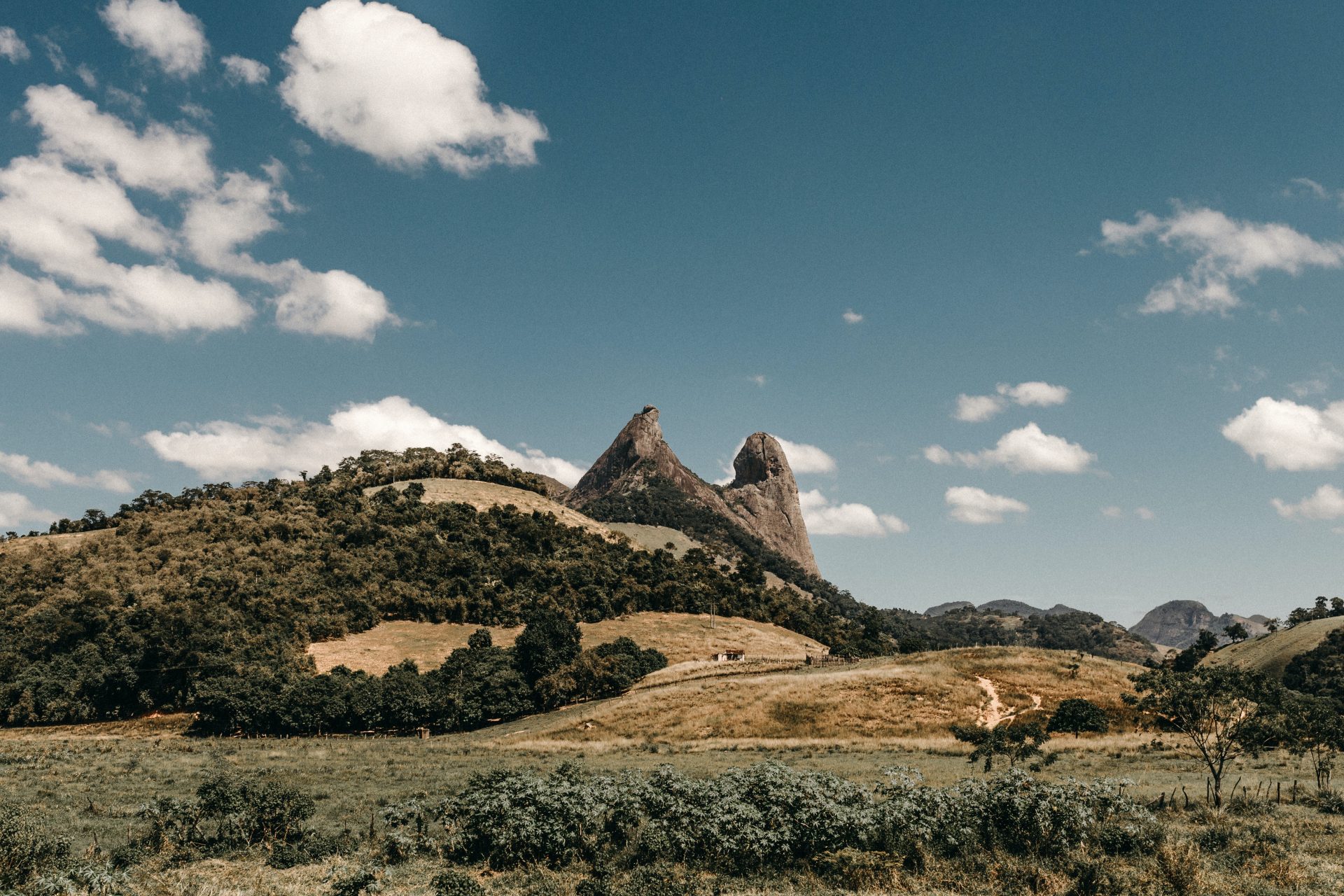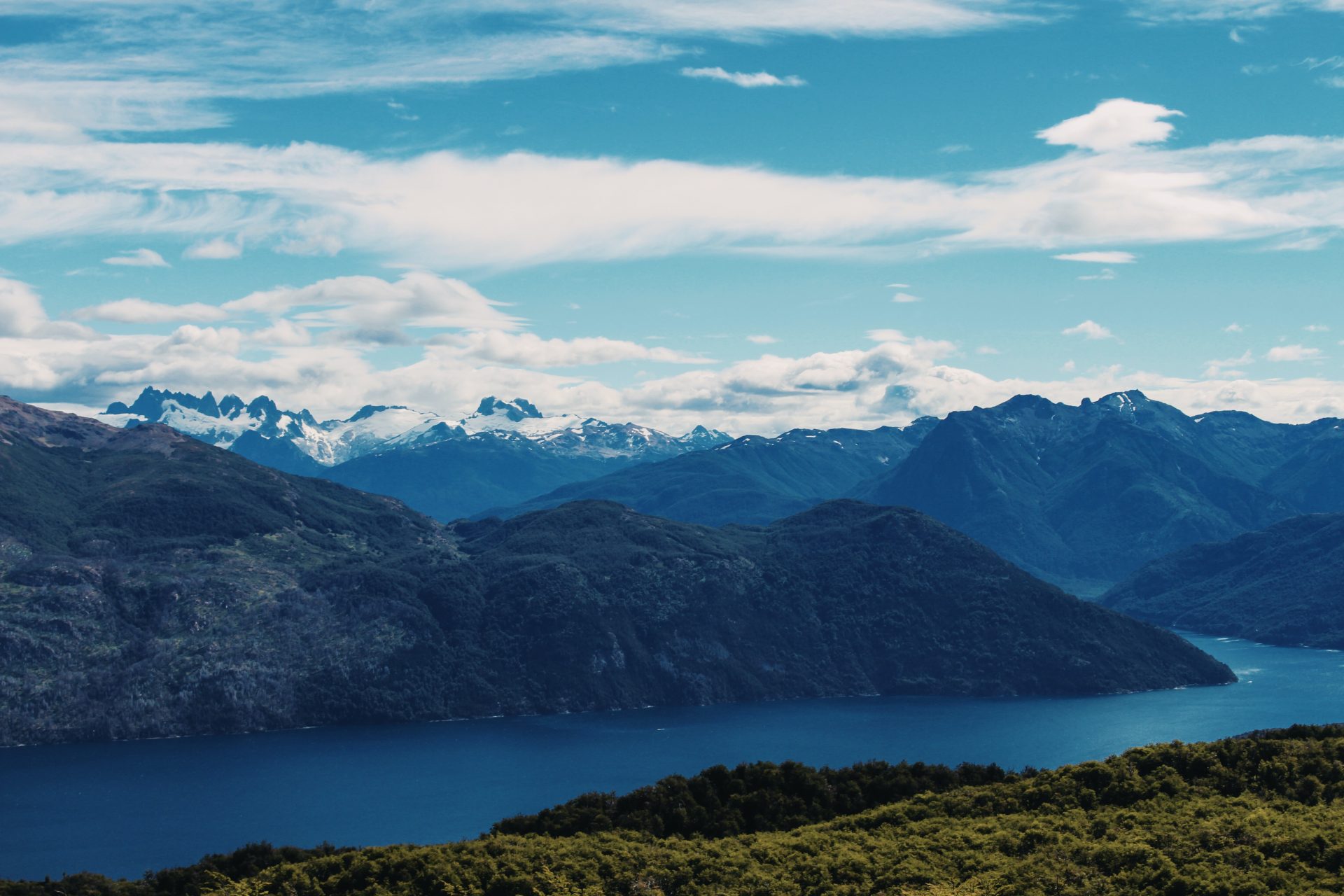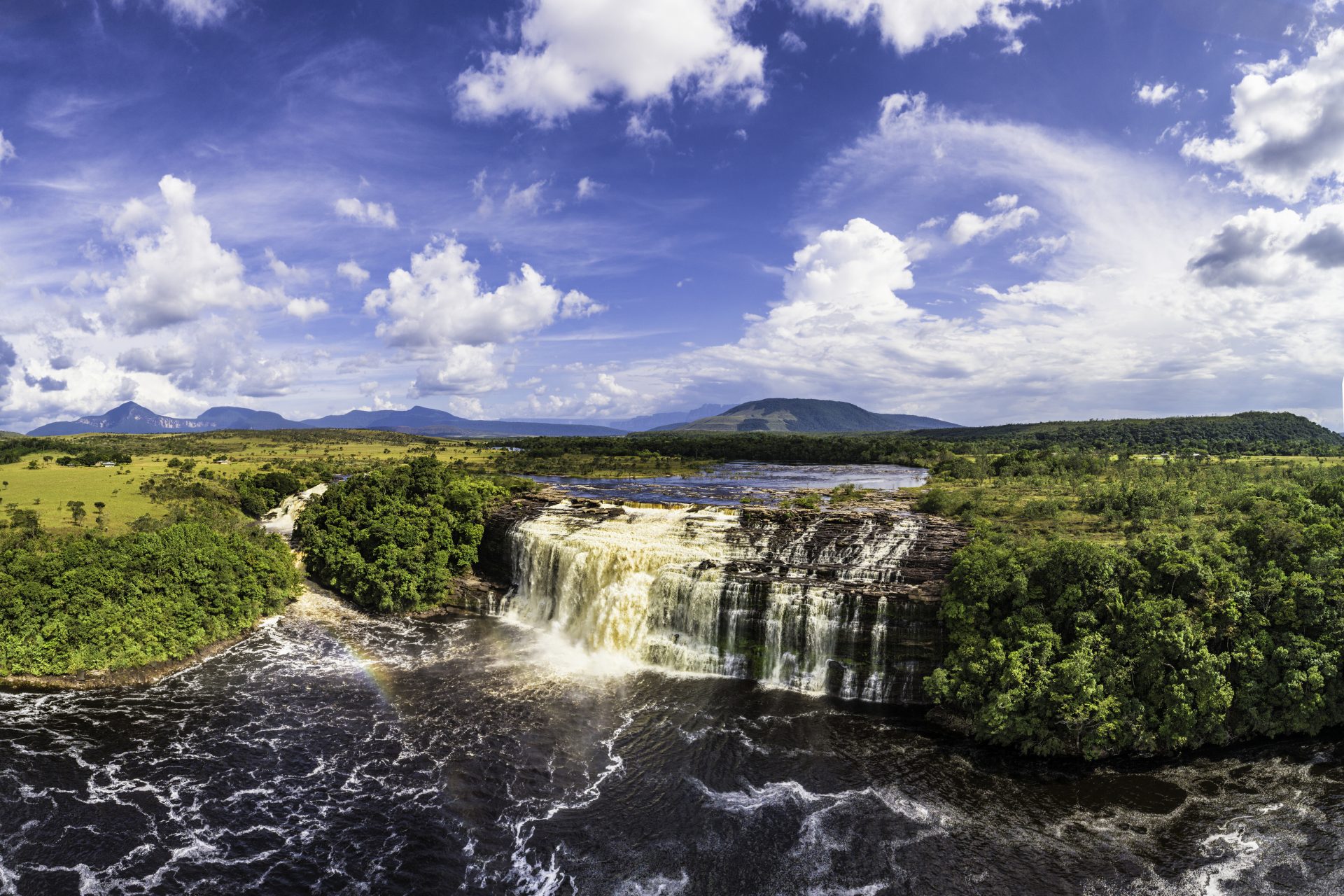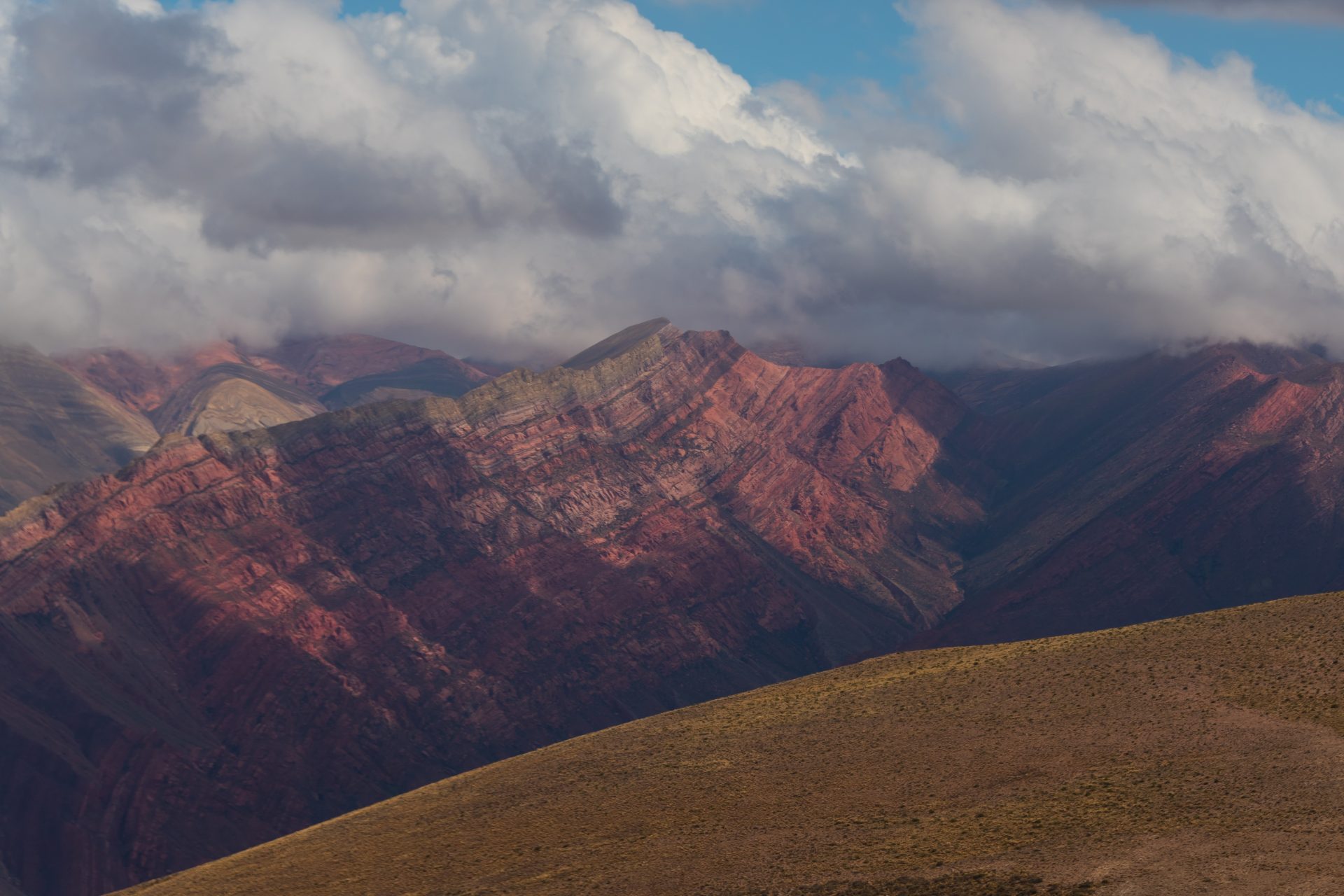South America's most beautiful UNESCO World Heritage natural sites
Today we take you to South America. Prepare to be blown away by 15 of the continent's most beautiful natural parks!
A variety of life forms, including electric fish, flourish in the Central Amazon. According to UNESCO, this wetland ecosystem serves as a refuge for vulnerable species such as the arapaima, manatee, caiman, and river dolphins.
Photo: Ivars Utināns / Unsplash
The islands off the coast of Ecuador are known worldwide for their special flora and fauna and were essential to Charles Darwin's evolutionary research. They are a paradise for biologists and nature lovers.
Photo: Nathalie Marquis / Unsplash
Easter Island, also known as Rapa Nui, is a remote island in the Pacific Ocean and part of Chile. It is known for its scattered large stone statues, called 'moai.'
Photo: Thomas Griggs / Unsplash
Los Glaciares National Park was the first to be included in the UNESCO World Heritage List in 1981. This nature reserve offers spectacular natural splendor with impressive mountain peaks and numerous glacial lakes.
Photo: Hans-Jürgen Weinhardt / Unsplash
The Talampaya Natural Parks of central Argentina are home to the most complete continental fossil record of the Triassic period, with fossils of ancestral mammals, dinosaurs, and plants.
Photo: Kirill Burov / Unsplash
The peaks of the South Atlantic submarine ridge form the Fernando de Noronha archipelago and the Rocas atoll near the Brazilian coast. They are crucial for marine life, including tuna, sharks, turtles, and tropical seabirds.
Photo: She Paulo Gasparotto / Unsplash
Since 1994, Los Katios National Park has been on the UNESCO World Heritage List. This vast area is home to a wealth of biodiversity, including endangered species such as the giant anteater and Central American tapir.
The Huascarán National Park, with the highest tropical mountain Huascarán at 6,768 meters above sea level, is rich in glaciers, glacial lakes, thermal springs, and diverse flora and fauna, including spectacled bears and Andean condors.
Photo: Aline Rodrigues / Unsplash
This park, which borders Argentina's Iguazú National Park, includes the world's largest waterfall, with a semi-circular waterfall that is 80 meters high and 2,700 meters wide. It is home to rare flora and fauna in subtropical rainforests.
Photo: Muhammed Ballan / Unsplash
This park in the Chilean part of Patagonia is famous for its volcanic landscapes, forests, and rich variety of plants and animals. It was recognized as a UNESCO Biosphere Reserve in 2007.
Photo: Vladimir Fedotov / Unsplash
The Pantanal Conservation Area in Central-Western Brazil consists of four protected areas with a total area of 187,818 hectares. It includes diverse ecosystems, rivers, and an abundance of flora and fauna.
Photo: David Waite / Unsplash
The Discovery Coast in Bahia and Espírito Santo, Brazil, includes eight protected areas covering more than 112,000 hectares of Atlantic Forest and associated forests, with the world's richest biodiversity.
Photo: Jonathan Borba / Unsplash
Los Alerces National Park in Northern Patagonia reveals a breathtaking terrain of moraines, cirques, clear lakes, lush forests, and alpine meadows.
Photo: Julieta Mansilla / Unsplash
Canaima National Park is located in southeastern Venezuela, on the border with Guyana and Brazil. This park is known worldwide for its Table Mountain formations, also called tepui.
The Quebrada de Humahuaca Valley, located along the trans-american Inca route, is a historic trade area with traces of prehistoric communities, the Inca Empire, and independence struggles spanning 10,000 years. The valley has many impressive, colored rock formations.
Photo: Transly Translation Agency / Unsplash

